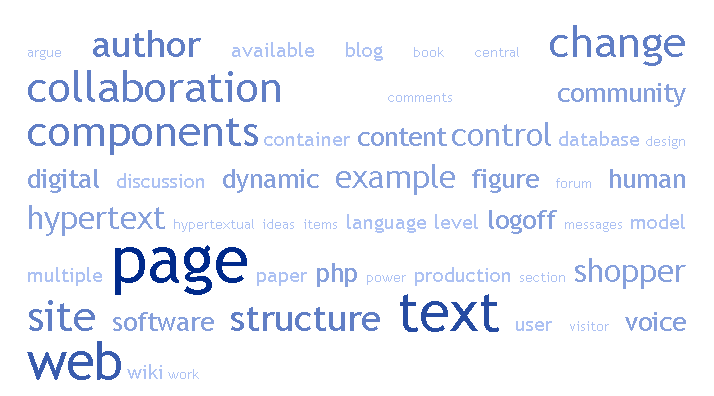Movement and Containment in Texts and Hypertexts
This is just a sample. To put it in context, visit Hypertextual Ultrastructures' home page for an abstract, the full Table of Contents, and a link to
the full text of my dissertation.
- Models of Collaborative Authorship: Fifteen Ways of Looking at a Hypertext
- Hierarchies of Collaboration: Multiple Models, One Text
- Layers of Control
- Directions of Movement
- Persistent Access to Components
- The Narrator’s Voice in Dynamic Web Pages: Personalization, Localization, Visible Seams
- Various Kinds of Variability: How Dynamic Is This Page?
- Uncontrollable Collaborators: Reader-Induced Variability in “Constant” Components
- Uncontrollable Collaborators: External Components “Within” a Dynamic Web Page
- Toward Meaningful Descriptions of Hypertextual Collaborations
- Can a Hypertext Be a Solo Project?
- Hypertextuality Requires Precision: The Limits of Simulation
Models of Collaborative Authorship
It's not enough to say that hypertextual authorship is collaborative. Collaboration can take many forms. In the table below, I identify fifteen models of collaboration; I suspect that there are many others.
| model | name | digital example | print example |
|---|---|---|---|
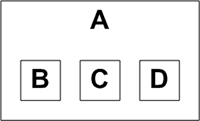 |
aggregated | Really Simple Syndication (RSS) feed | anthology |
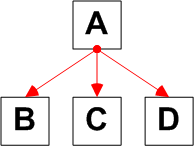 |
centrifugal | the Web | bibliography |
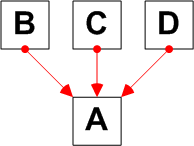 |
centripetal | viral marketing | advertising |
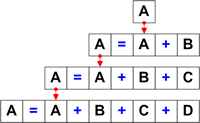 |
collective | wiki | 1st, 2nd, 3rd, 4th editions of same title |
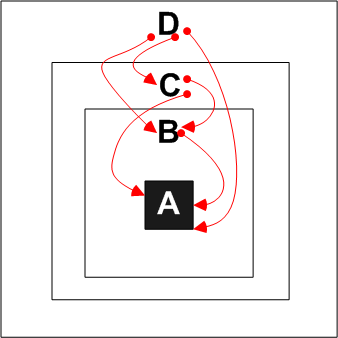 |
encapsulated | Talmud | |
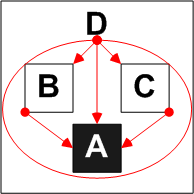 |
focused | chat hosted within larger community site | featured topic in scholarly journal |
 |
holistic | multiple authors of scientific journal article | |
 |
inspired | remix, sampling | parody, sequel |
 |
layered | Content Management System (CMS) such as WordPress | book production |
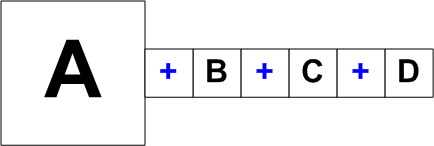 |
moderated | blog + comments | essay + Letters to the Editor |
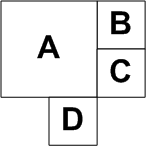 |
modular | software | encyclopedia |
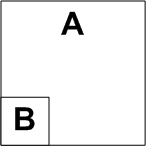 |
personalized | dynamic Web page | form letter |
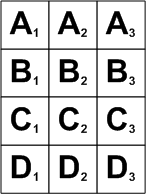 |
structured | database | telephone directory |
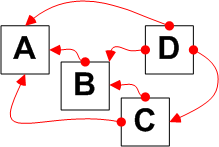 |
threaded | forum, game | chess game by mail |
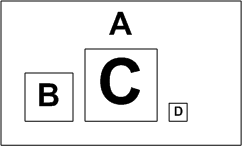 |
weighted | social bookmarking | bookstore window |
Directions of Movement
Wiki pages typically provide public, detailed descriptions of when, how, and by whom they are changed. Change can be expansive, with many contributions adding to the text. Change can be destructive: a contribution can consist of simply wiping out a previous contribution. Change can be restorative: a contribution can consist of simply returning the text to an earlier state.
Here are two views of change to one Wikipedia page explaining the idea of "Namespace":
- the page's self-contained history lists the actions of contributors
- my visual summary of that history shows that contributions have consisted largely of moving the text backward and forward in time
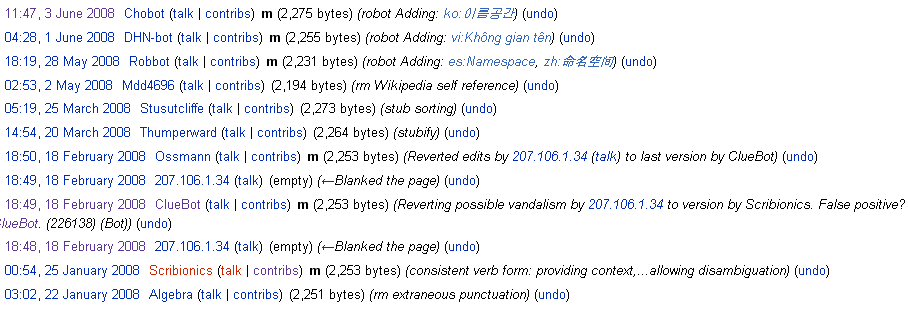
To see what's been happening lately to the "Namespace" page, check its history.
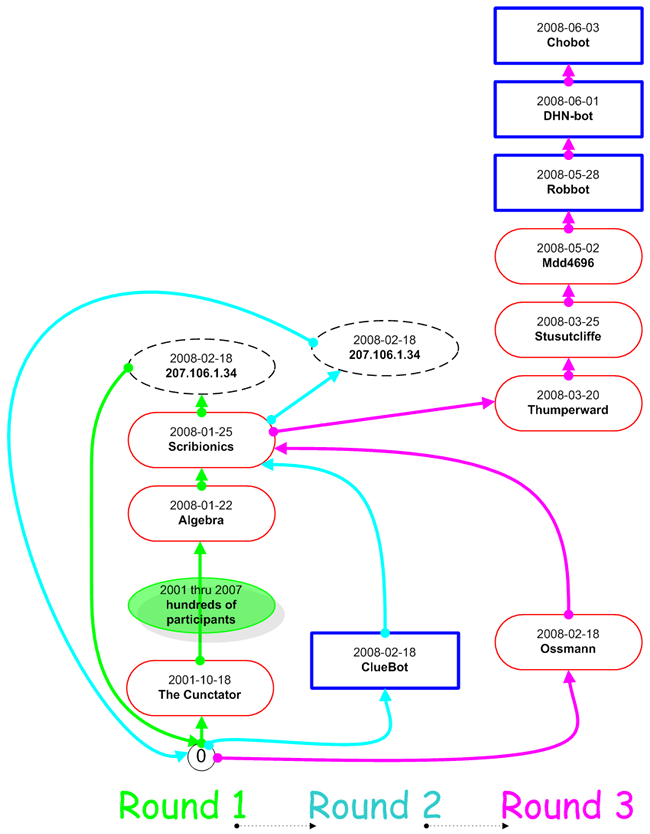
In these illustrations, I am one of the contributors to the text: "Scribionics", the name of my freelance writing company, is also my account name in Wikipedia. However, unlike many cases in which sub-surface information is available only to the privileged, being one of the contributors to the text does not give me any additional information about its history. I have no insight at all as to contributors' motivations, either: the page evolved quietly for a while, with multiple contributors making trivial changes; I made one more trivial change; then the page was set back to its original state, then set back to the state at which I'd left it, then set back to its original state again, then set back to my state again; then it resumed its quiet evolution.
